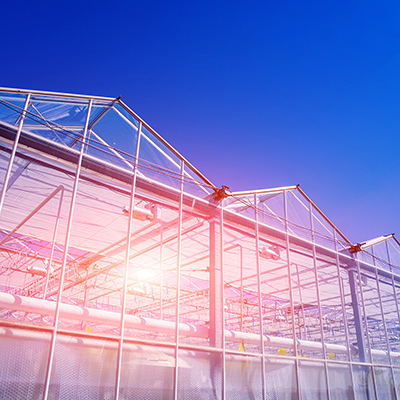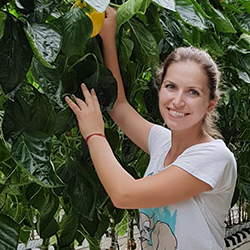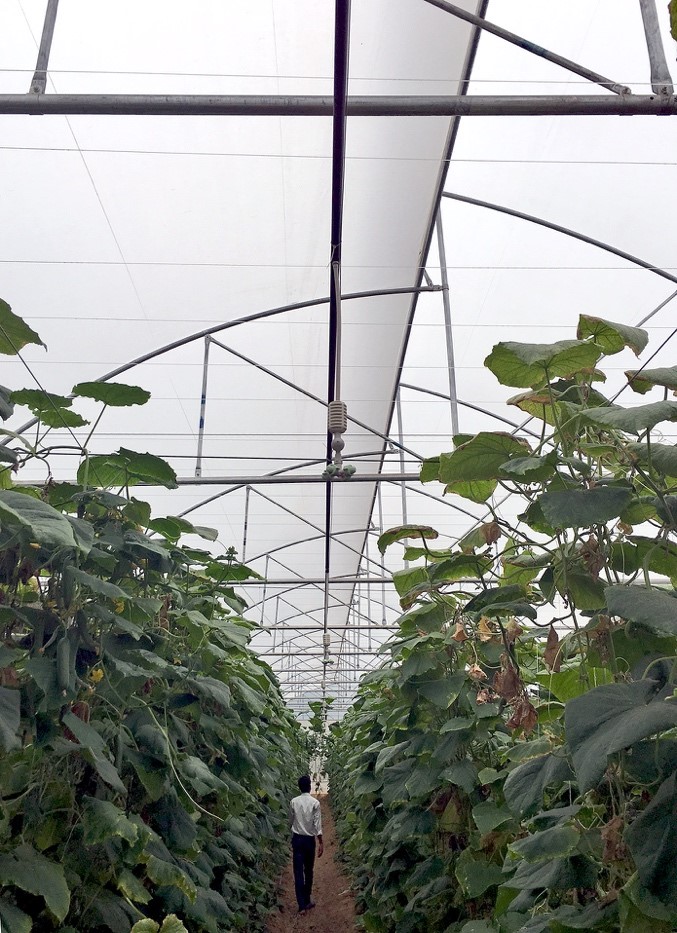Sabar Agro Seeds has been involved in seed production and trade for 20 years. The company is one of the country’s largest importers of seed and the second largest supplier of seed for covered crops in India. “In the western part of India we sell seed produced by Monsanto and Enza Seeds and we are the exclusive distributor for the Turkish Yuksel Seeds. Yuksel is the second largest brand used in greenhouse cultivation in India. We produce seed ourselves on over 200 ha in different parts of the country, both in the open field as well as in plastic greenhouses. This is produced for India and surrounding countries,” says Mayur Patel. He is sales director / joint owner of the company that was founded by his father Dineshbhai Patel. Mayur Patel is responsible for imports and the marketing of imported products.
Horticulture in India
Patel sees on a daily basis how more and more farmers are switching to horticultural products such as sweet peppers, cucumbers and tomatoes. At the moment these crops are mainly grown in the open field. “Over the last five years horticulture production in India has exploded. Growers are open to innovative technical developments and the Government stimulates the development of the horticultural sector
through subsidies. I foresee enormous opportunities and growth possibilities for European companies over the next ten to 15 years. Now growers are still producing mainly for the local markets.”
According to Patel, covered cultivation under plastic started just five to six years ago. “So don’t expect any high tech horticulture within the next ten to 15 years; 98 per cent of the greenhouses still don’t have any climate control. But you see change is happening quickly.”










